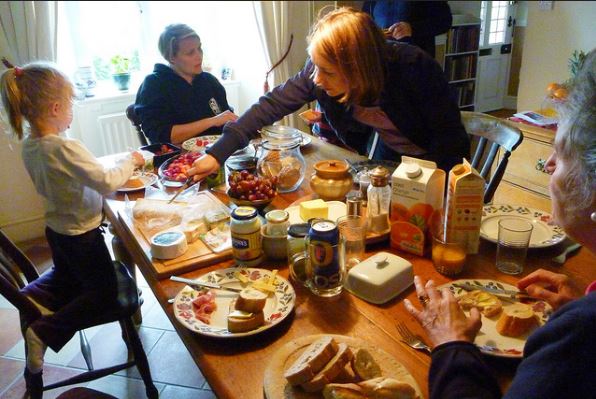
YAS director Charlie Woodcock says the home-based model for addressing teen homelessness is a proven success. The last time YAS offered a transitional living program for teens (2007-12), all 42 participants either found work or other housing stability. (Flickr photo/Aidan-Sally)
Sitka’s homeless youth may soon have more permanent shelter, if some residents are willing to open their doors to them.
Youth Advocates of Sitka has won a three-year grant to implement a home-based program for kids age 16 to 21.
Read previous reporting by KCAW on transitional living for teens in Sitka.
Unlike other clients of YAS, who are receiving what’s known as “therapeutic foster care,” participants in the transitional living program are mostly receiving a stable home, support, and relief from the circumstances that have left them homeless.
Charlie Woodcock is the executive director of Youth Advocates of Sitka. He says the economy is a big factor in youth homelessness in Sitka, as is the prevalence of alcohol and substance abuse.
“We find that in our work that drugs and alcohol — directly or indirectly — touches every one of our youth. They’re either engaged in those behaviors, or they’re living in a home that’s ravaged by some sort of substance abuse. Or they have FASD (fetal alcohol spectrum disorder) or they’re in a domestic violence setting. So I think that drugs and alcohol play an extreme role in the issues that youth are having in Alaska, and in Sitka, too.”
For more information about becoming involved in the Transitional Living Program please call or email:
Charlie Woodcock, Executive Director
Youth Advocates of Sitka
907-747-2910
charlie.woodcock@sitkayouth.org
Youth Advocates of Sitka previously ran a transitional living program — from 2007 to 2012 — and Woodcock considers it a success. In fact, a 100-percent success.
“We actually served in-home 42 youth. And according to the data all those individuals were successful, and were gainfully employed or had home security after the program.”
Woodcock calls transitional living a “step back” from the more intensive residential program that YAS runs out of Hanson House. Families who participate in the TLP receive a monthly stipend to cover the expenses of housing a teen, and there is support from a case manager, program coordinator, employment counseling services, and other resources.
According to data from the Sitka School District, there are around 30 homeless students of all ages enrolled in any given year. He believes that this is a critical time to get their lives back on the rails. Homelessness in youth is a different problem than adult homelessness.
“Usually when a teen or youth is homeless they’re couch surfing from one place to the next, staying with the uncle, then moving over to the aunt, and then staying with a friend’s family until they wear out their welcome. And then they’re out on the streets sometimes. But it looks different (than adult homelessness) and the dynamics are different, and the resources needed are different.”
The transitional living program is funded by a three-year grant from the US Department of Health and Human Services, at $200,000 a year. Woodcock is hopeful the program will be renewed when the current grant expires. He’s still looking to fill a couple of staff positions — and he’s definitely looking for Sitka households willing to take in a homeless teen for anywhere from a month or two, up to a year.






























